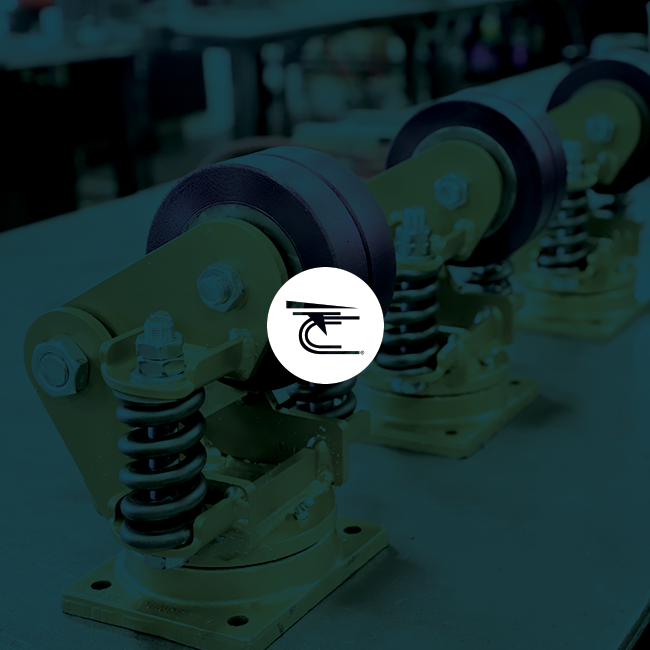

Choosing the right caster is about much more than just picking the right style and materials. Sizing comes into play, as well. The right size caster is important for maintaining the proper center of gravity, ensuring carts fit under forklifts as they should, and even ensuring that your loads are balanced properly from start to finish. Here are some guidelines for measuring caster wheels.
A caster’s top plate attaches it to a cart or rack, and they come in a variety of sizes. First, you’ll need to measure the area where the caster will attach to the cart or rack and be sure that you choose the right caster size. Measure the outside to the outside of the top plate’s length, then do the opposite for the width. This should tell you the top plate size you need. For the bolt hole pattern, just measure in the same way, but measure from the center of one bolt hole to the center of the other, first measuring by length and then by width.
When it comes to measuring wheel size, you will need to lie the wheel on its side and measure from the outside of one side to the outside of the other. If the wheel is 3 inches across, it is a 3” caster. Then, you will want to make sure to measure the width. You will do this by standing the wheel up again and measuring from the outside of one side to the outside of the other. This gives you the wheel’s thickness.
Swivel restrictions can impact your operations, so it’s important to make sure you replace your existing casters with ones that meet or exceed the current swivel. To measure this, measure from the center of the kingpin to the hind edge of the wheel while the caser is on its side. Line a straight edge up against the outside edge of the face of the wheel, then use a measuring tape from the caster top plate to the top of the straight edge. The difference between the edge of the top plate and the outer edge of the wheel will provide you with your swivel radius.
This is the simplest measurement of all, but it is also one of the most important. To obtain it, stand the caster wheel upright and simply measure from the ground to the tip of the top plate. Your cart or rack will rest above this mark, so everything from the plate down tells you your height. When considering height, be certain that you choose a caster that will not keep your load too high or too low.
When choosing new casters, the new casters will often need to have the same measurements as the casters they replace. Learning how to measure your existing casters can reduce some of the headaches associated with transitioning to newer, higher-tech options that provide more ergonomics, better shock absorption, and in the end, more safety.